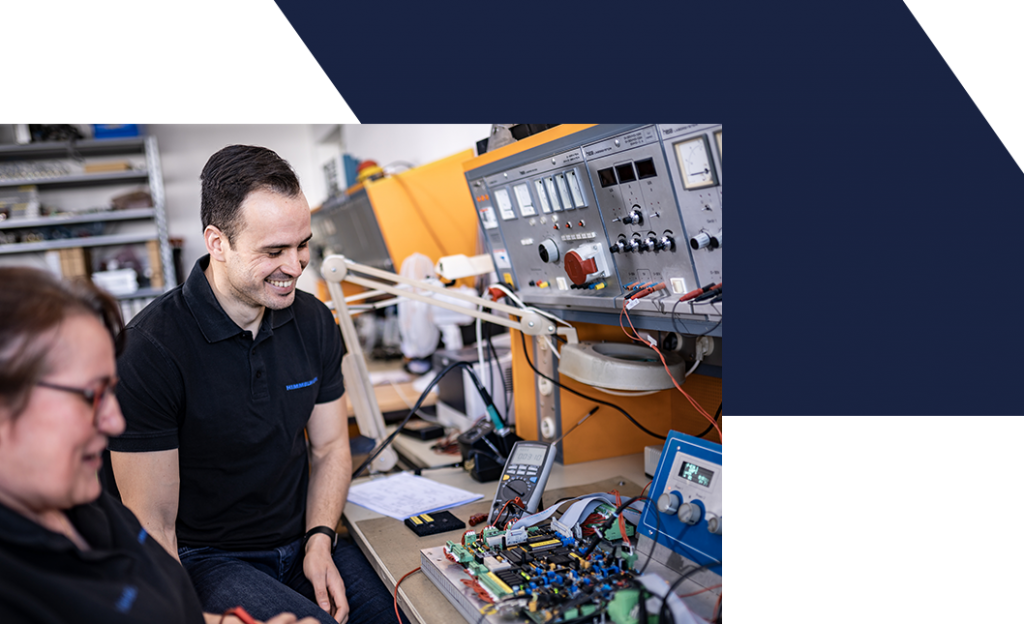Indirect heating
For metal-plastic joints

For some compounds it is not possible or not worthwhile heating the materials directly. Here, the target material can be heated indirectly.
Indirect heating is carried out by a metallic workpiece that is inductively heated and transmits or radiates the heat to the target material.
This process is particularly suitable for joining metal and plastic (e.g. metallic bodies surrounded by plastic). Here, indirect heating of the metal creates a strong bond with the plastic that is free of contamination.
Where is indirect heating used?
In the production of syringes, clean metal-plastic joints are essential. Therefore, the syringe needles are melted into the plastic receptacle. The cannula is inductively heated up to the temperature at which the plastic of the already placed receptacle begins to melt. This creates a liquid-tight and sterile connection between the materials.
Since induction heating has very short heating times and is easily reproducible, very fast cycle times and efficient production processes are possible in medical technology.
Your process
This is how we implement inductive heat treatments for you
As a process provider, we show you step-by-step how induction heating can be integrated into your manufacturing processes and why it is worthwhile for you.


Our service
Our service solutions
We support you with urgent questions, repairs, problems with your inductor and of course with the optimisation of your heating processes.
Products for induction heating

